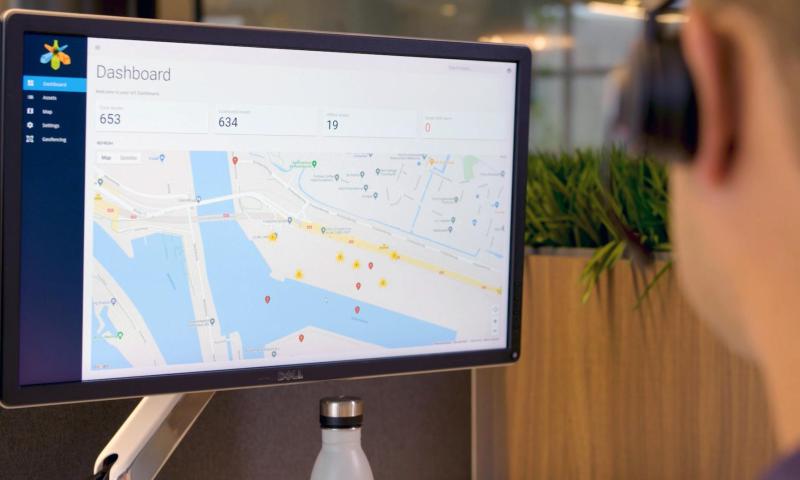Market Insights
“Capacity can no longer be taken for granted”
Column by Paul van de Vorle - Director Business Development
For months now, demand has exceeded availability of load units. Economic growth has considerably increased the demand for goods. On top of that come the consequences and uncertainties caused by the war in Ukraine. The result: serious capacity challenges in the logistics sector. The need for forecasting is stronger than ever.
Last-minute orders have been the norm in bulk logistics for years. Planners were never surprised when loads for Monday didn’t arrive until Thursday or Friday. That was just business as usual. And everything got organised anyway, in one way or another. After all, that was our job, as planners in bulk logistics. I have rarely seen more resilience and flexibility.
Rules of the game
But times have changed. Capacity can no longer be taken for granted, as both carrier and shipper are aware. The market is under huge pressure, and so are the prices. And when supply and demand are out of line, conditions change. This also applies in the logistics sector, according to research by Adelante SCM. 69 percent of the carriers surveyed will refuse a load if the price is too low compared with market prices. Exceeding the agreed number of orders and unrealistic delivery expectations are also mentioned frequently.
Spot market
Those who now give out orders for Monday on Friday have to rely on the spot market in many cases, where the rates are significantly higher and capacity is not always guaranteed. Acting last-minute is no longer possible for many carriers in these challenging market conditions. The capacity simply isn’t there. And let’s be honest - do we really want to work like this? Isn't there much more to gain by talking to each other earlier in the process?
Logistics puzzle
Break the old habits and start the conversation. Look ahead together, and lend insight into each other's planning. The timely sharing of a production forecast will mean that the carrier can solve the logistics puzzle and is able to reserve capacity. And that in turn has a favourable effect on prices. By making better use of forecasting, shipper and carrier will ensure that market prices don’t increase unnecessarily as the spot market grows and market prices rising with it.
Forecasting pays off
It appears that, in the sea transport industry, forecasting and prices are already in step with each other. Price models are regularly being set at the time of the orders being announced. While getting five percent ‘early booking discount’ for one term, you will pay over ten percent extra for last-minute orders. In the future, more sectors will follow this dynamic pricing model, especially when things are tight, which can only make forecasting all the more important.
Combining insights
In order to obtain useful predictions, carrier and shipper must talk to each other and combine each other's insights and data. On the basis of historical data, for example, logistics service providers can provide a lot of insight into the expected orders. This, combined with the shipper's production planning, produces an accurate supply chain forecast. The question is: Do we dare to put this on the agenda together? Are we ready to share our data? To step out of our comfort zone? Now is the time.







